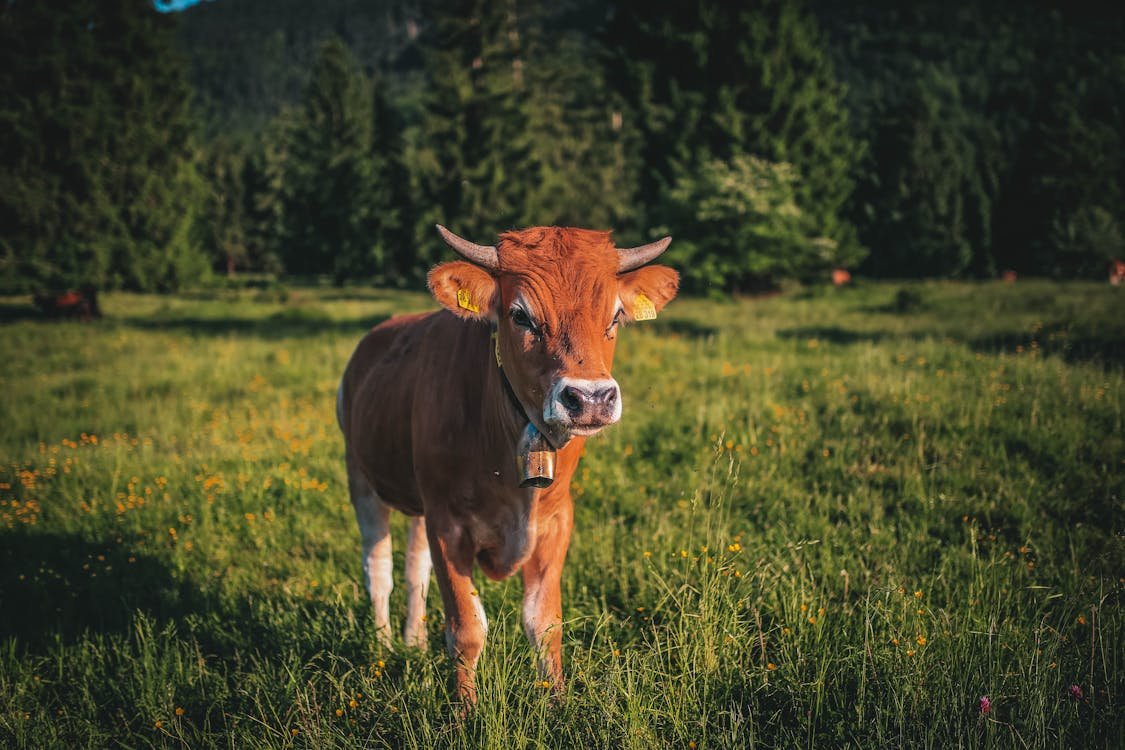Ensuring a comfortable and safe environment for cows is crucial for their health and productivity. A well-designed shelter not only protects them from harsh weather but also promotes their well-being. This article will explore essential design tips for creating a cow-friendly environment.
1. Considerations for Shelter Location
- Accessibility: Choose a location that is easily accessible for both cows and caregivers. Ensure paths to feed and water sources are well-maintained.
- Drainage: Select a site with good drainage to prevent water accumulation and muddy conditions, which can lead to health issues.
- Windbreaks: Position the barn to provide natural windbreaks, such as trees or hills, to shield cows from strong winds.
2. Size and Space Requirements
- Adequate Space: Provide enough space per cow to move comfortably. Generally, allocate at least 80 square feet per adult cow in the barn.
- Design for Movement: Incorporate wide aisles and open spaces to facilitate easy movement and reduce stress during feeding and milking.
3. Ventilation and Air Quality
- Natural Ventilation: Design the barn with adequate windows and vents to allow fresh air circulation while minimizing drafts. This helps maintain a comfortable temperature and reduces humidity.
- Mechanical Ventilation: In larger barns, consider installing fans or exhaust systems to enhance airflow, especially during hot weather.
4. Flooring and Bedding
- Non-Slip Flooring: Use non-slip materials for flooring to prevent accidents and injuries. Rubber mats can provide traction and comfort.
- Comfortable Bedding: Provide clean, dry bedding such as straw or wood shavings to ensure comfort and absorb moisture. Regularly replace bedding to maintain hygiene.
5. Design for Comfort
- Stall Design: Create stalls that allow cows to lie down comfortably. Use a minimum width of 4 feet and provide enough space for cows to stand and lie down without feeling cramped.
- Feeding Areas: Design feeding areas to accommodate all cows comfortably, allowing them to eat without competition. Use feed bunks that are easily accessible.
6. Access to Water
- Clean Water Supply: Ensure a constant supply of clean, fresh water. Install water troughs that are easily accessible and can accommodate multiple cows at once.
- Heated Waterers: In colder climates, consider installing heated waterers to prevent freezing and encourage hydration.
7. Safe and Secure Environment
- Fencing: Use sturdy fencing to keep cows safe and contained. Ensure the fencing is tall enough to prevent jumping and buried sufficiently to deter digging.
- Minimize Stress: Design the barn layout to minimize stress by reducing noise and providing quiet areas where cows can retreat.
Conclusion
Creating a cow-friendly environment requires careful planning and consideration of various design elements. By prioritizing space, ventilation, comfort, and safety, farmers can enhance the quality of life for their cows, ultimately leading to better health and productivity. A well-designed barn is an investment that pays off in happier, healthier animals.

